Home>Ideas and Tips>Setting Up A Space For Painting And Creative Expression
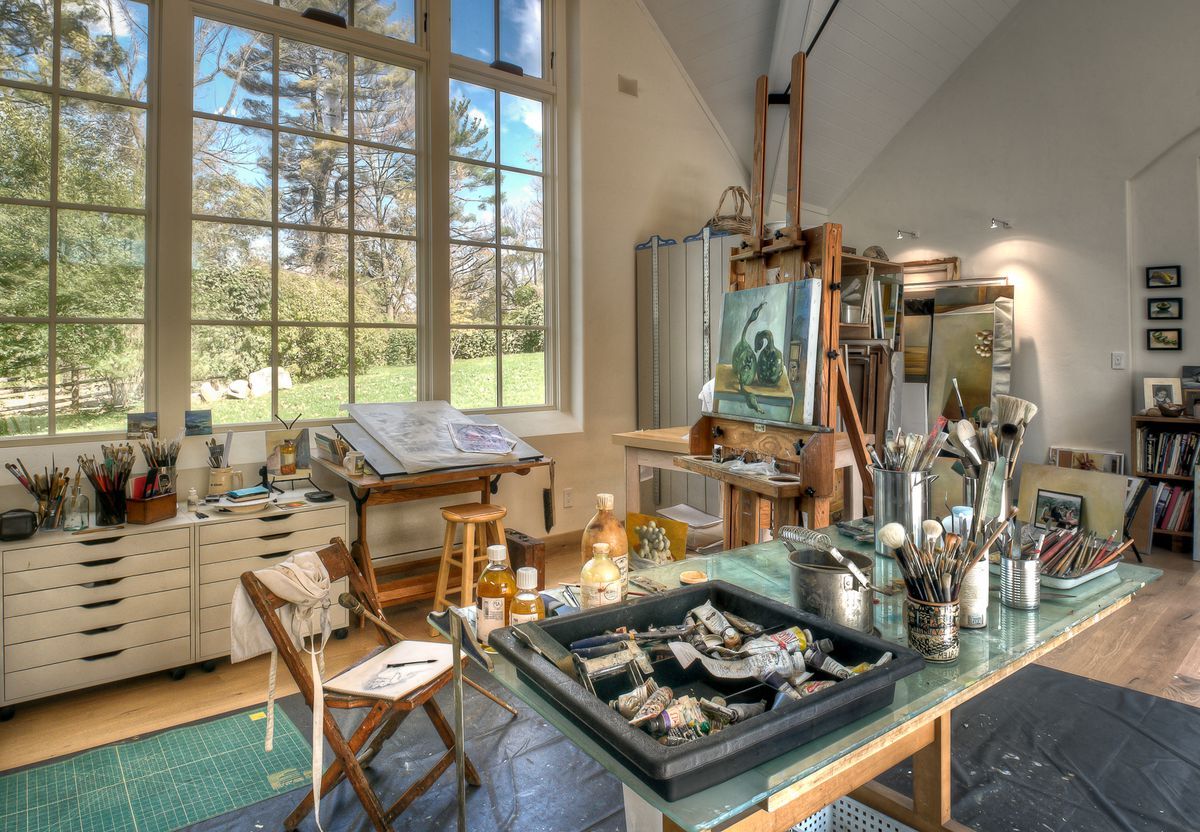

Ideas and Tips
Setting Up A Space For Painting And Creative Expression
Published: November 4, 2024
Create an inspiring and productive painting space with our guide. Learn how to set up the perfect area for creative expression.
(Many of the links in this article redirect to a specific reviewed product. Your purchase of these products through affiliate links helps to generate commission for Storables.com, at no extra cost. Learn more)
Creating a dedicated space for painting and creative expression can be a transformative experience, whether you're an aspiring artist, a seasoned painter, or simply someone who enjoys the therapeutic benefits of art. A well-designed space can inspire creativity, enhance productivity, and provide a sense of accomplishment. In this article, we will guide you through the process of setting up an ideal space for painting and creative expression.
Assess Your Needs and Goals
Before you start setting up your space, it's essential to define what you want to achieve. Consider the following questions:
- Purpose: What will you use the space for? Will it be for professional work, personal projects, or both?
- Space Constraints: How much space do you have available? Measure the dimensions of the room or area you plan to use.
- Lighting: What kind of lighting do you need? Natural light is ideal, but if that's not possible, consider investing in good artificial lighting.
- Storage: Do you need storage for supplies and materials?
- Comfort: How important is comfort in your workspace? Will you be spending long hours there?
Understanding your needs and goals will help you make informed decisions about the layout and equipment of your space.
Read more: How To Paint Furniture With Chalk Paint
Choose the Right Location
The location of your painting space is crucial. Here are some factors to consider:
- Natural Light: If possible, choose a location with plenty of natural light. This will help you see colors more accurately and reduce eye strain.
- Noise Level: Consider the noise level in the area. If you live with others or have noisy neighbors, look for a quieter spot.
- Accessibility: Ensure that your space is easily accessible. If you have mobility issues or plan to use heavy equipment, choose a location that is convenient for you.
Plan the Layout
Once you've chosen the location, it's time to plan the layout of your space. Here are some tips:
- Work Area: Designate a specific area for painting. This could be an easel, a table, or even a wall-mounted painting surface.
- Storage: Allocate space for storing paints, brushes, canvases, and other supplies. Consider using shelves, cabinets, or drawers.
- Ergonomics: Ensure that your workspace is ergonomically designed to prevent strain on your back and neck. Position your chair at a comfortable height and keep frequently used items within easy reach.
- Ventilation: Good ventilation is important when working with paints and other chemicals. Consider installing a ventilation system or using fans to keep the air circulating.
Select Essential Equipment
Having the right equipment can make a significant difference in your creative process. Here are some essentials you'll need:
- Easel or Painting Surface: An easel provides stability and allows you to work at different heights. If you prefer working on a flat surface, consider investing in a sturdy table or wall-mounted painting surface.
- Lighting: Adequate lighting is crucial for accurate color representation and visibility of fine details. Natural light is ideal but may not always be available; invest in high-quality studio lights if necessary.
- Paints and Supplies: Choose high-quality paints that suit your medium—acrylics, oils, watercolors, etc. Don't forget essential supplies like brushes, palettes, rags, solvents (if applicable), and canvases or paper.
- Comfortable Seating: Invest in a comfortable chair that supports good posture and provides adequate cushioning for long hours of sitting.
- Storage Containers: Use containers specifically designed for storing paints and supplies to keep them organized and within reach.
Add Comforting Elements
While functionality is important, adding comforting elements can enhance your overall experience:
- Inspiration Board: Create an inspiration board with images of your favorite artists' work or pieces that inspire you.
- Music Player: Listening to music while creating can be very stimulating; consider adding a music player or speaker system.
- Plants: Adding plants can purify the air and create a calming atmosphere.
- Art Books & Magazines: Keep art books and magazines handy for reference or inspiration.
- Snack Station: Having snacks nearby can keep your energy levels up during long sessions.
Consider Technology Integration
In today's digital age, integrating technology into your workspace can be beneficial:
- Camera & Monitor Setup: If you're interested in digital painting or want to record your process for tutorials or social media posts, consider setting up a camera and monitor setup.
- Smart Lighting Systems: Invest in smart lighting systems that allow you to adjust brightness and color temperature according to different tasks or times of day.
- Tablet or Drawing Pad: A tablet or drawing pad can be useful if you're into digital art or want an alternative method of creating without traditional mediums.
Add Personal Touches
Your space should reflect your personality and style:
- Artwork Display: Display some of your favorite pieces or works-in-progress around the room to keep yourself motivated.
- Personal Items: Incorporate personal items such as family photos or sentimental objects that inspire creativity.
- Color Scheme: Choose colors that stimulate creativity while also being comfortable for long periods spent there.
Maintain Your Space
A well-maintained space is essential for productivity:
- Cleanliness: Regularly clean your workspace to prevent dust accumulation which can affect paint quality.
- Organization: Keep all supplies organized so they're easily accessible when needed.
- Upkeep Schedule: Create a schedule for maintaining different aspects of your space—lighting checks, ventilation maintenance etc.
Conclusion
Setting up a dedicated space for painting and creative expression requires careful planning but ultimately leads to greater satisfaction and productivity in your artistic endeavors whether professional or personal projects alike By considering factors such as natural light availability ergonomic design essential equipment comfort elements technology integration personal touches maintenance schedules you'll create an environment conducive not only artistic growth but also overall well-being too!
By following these steps outlined above you'll be well on your way towards establishing an ideal space tailored specifically towards fostering creativity within yourself while enjoying every moment spent there Happy painting
Was this page helpful?
At Storables.com, we guarantee accurate and reliable information. Our content, validated by Expert Board Contributors, is crafted following stringent Editorial Policies. We're committed to providing you with well-researched, expert-backed insights for all your informational needs.
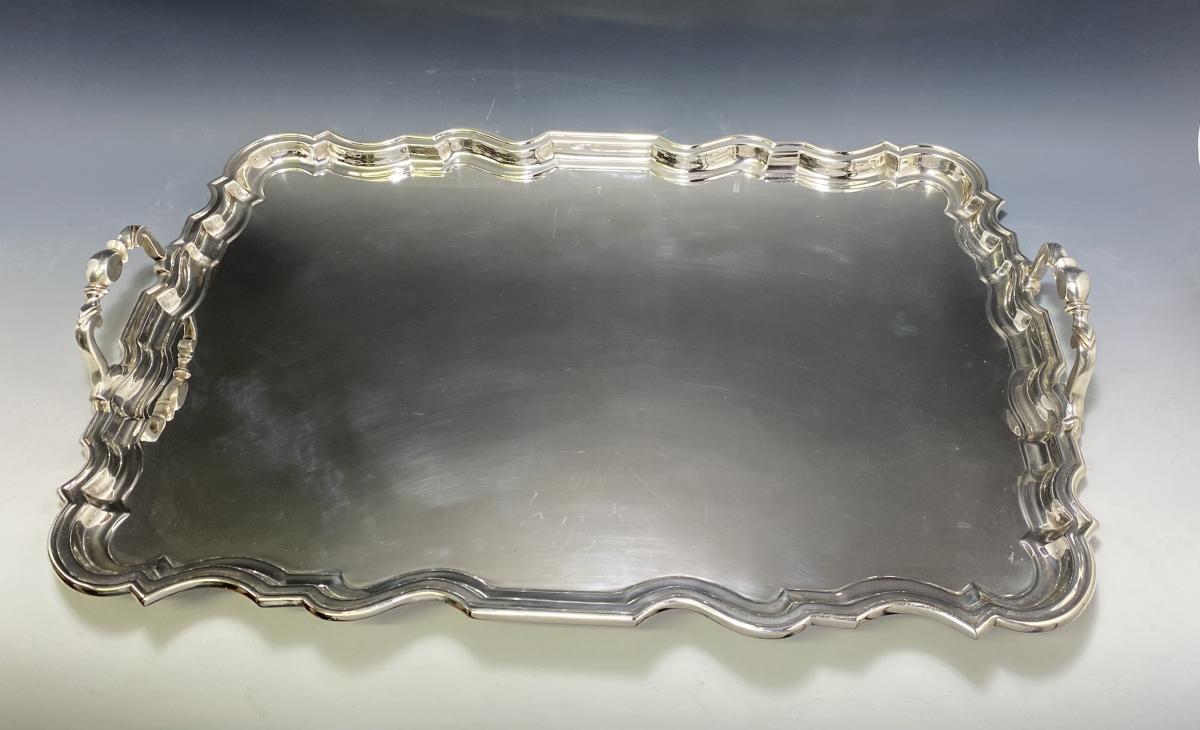
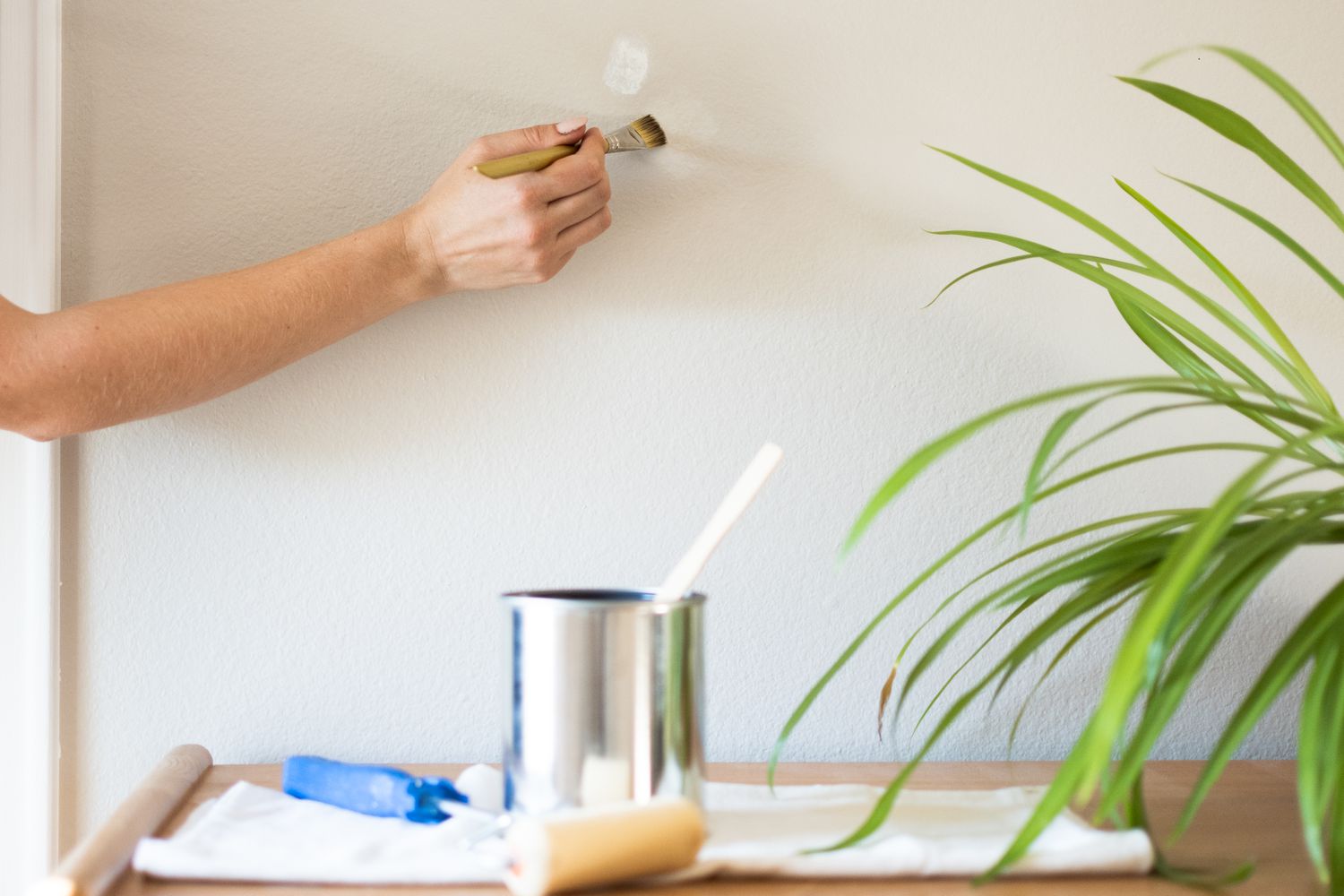
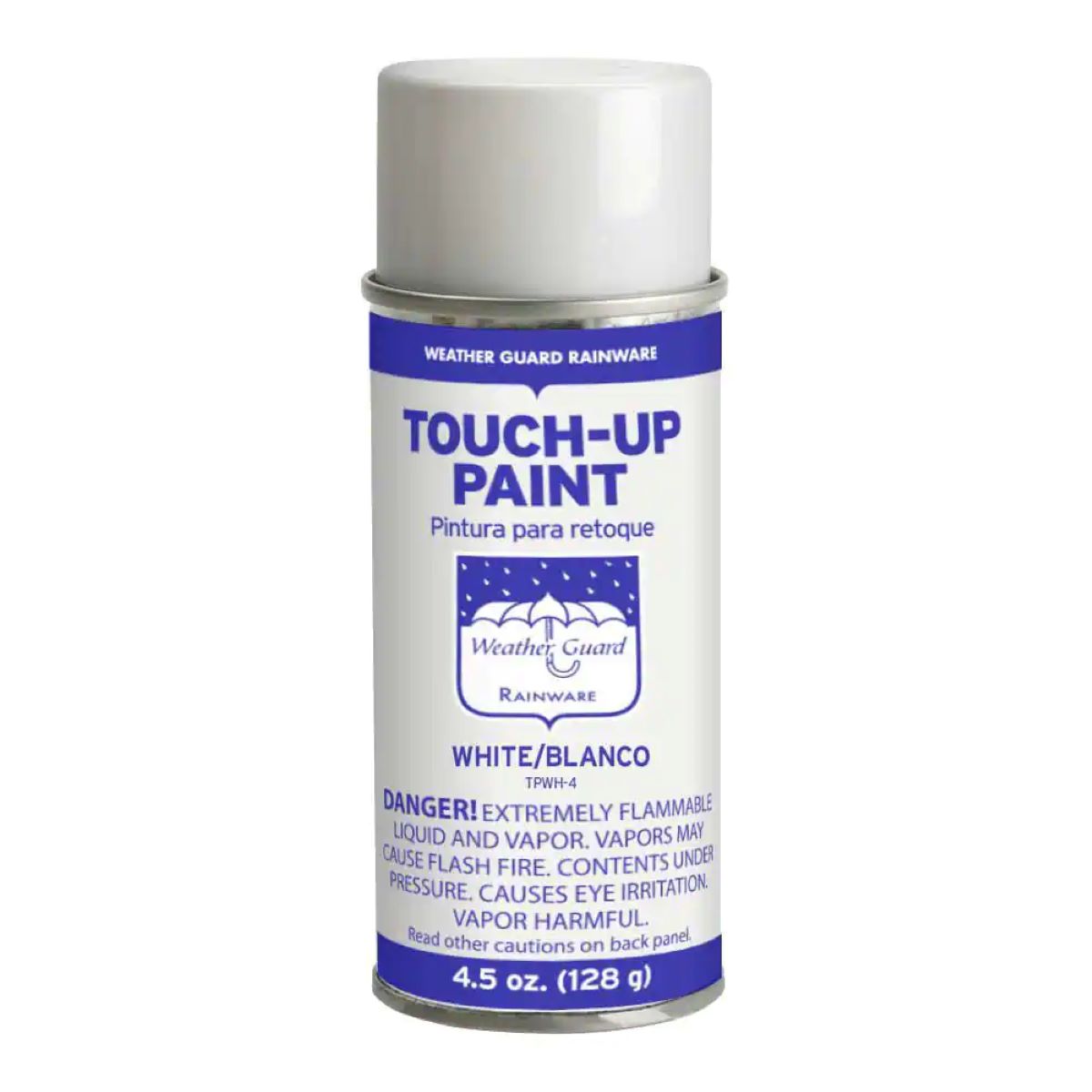
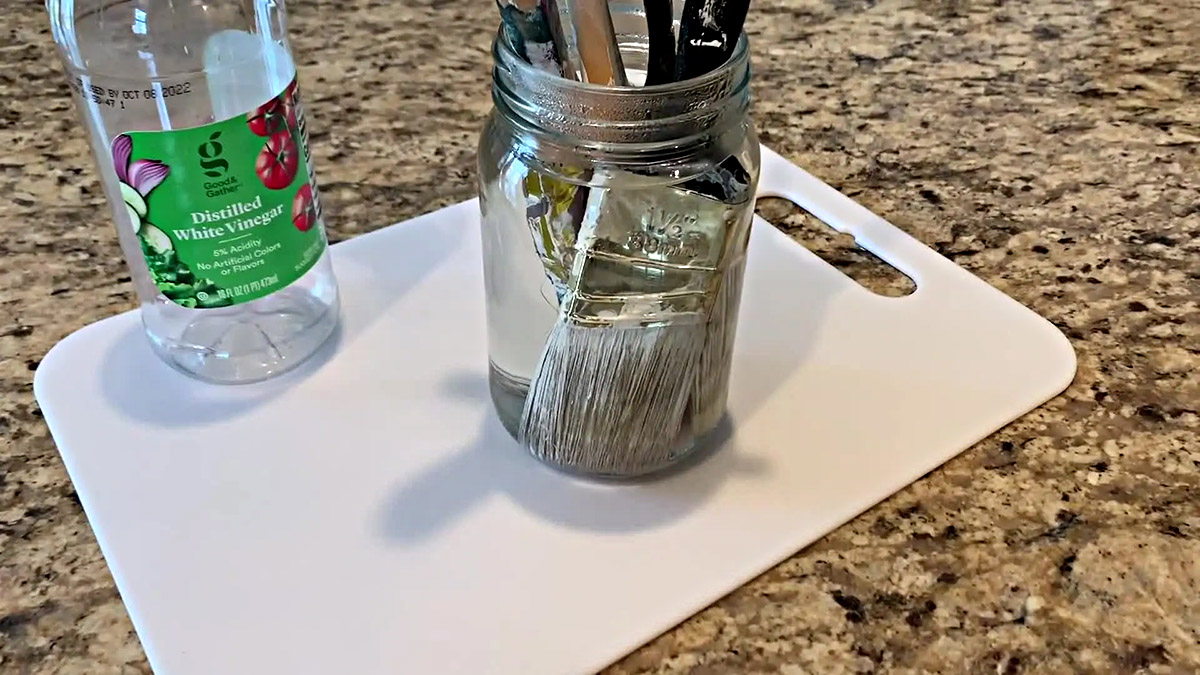

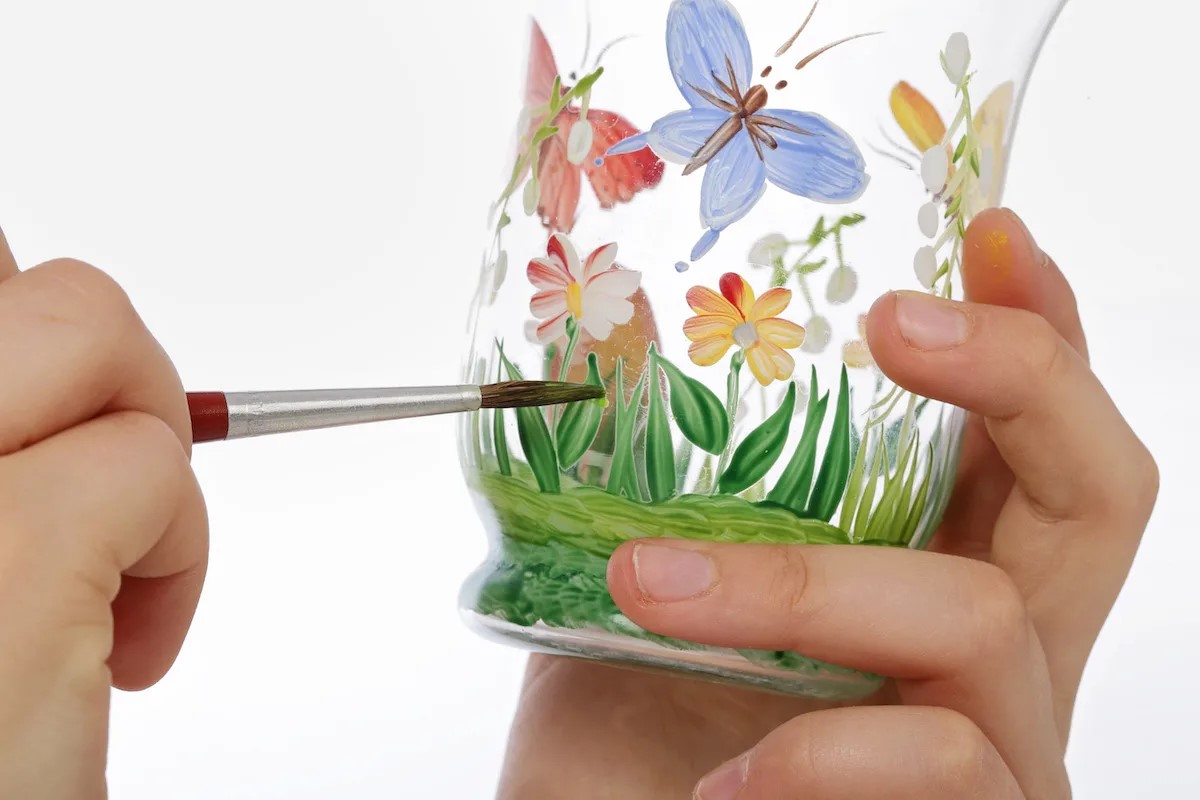
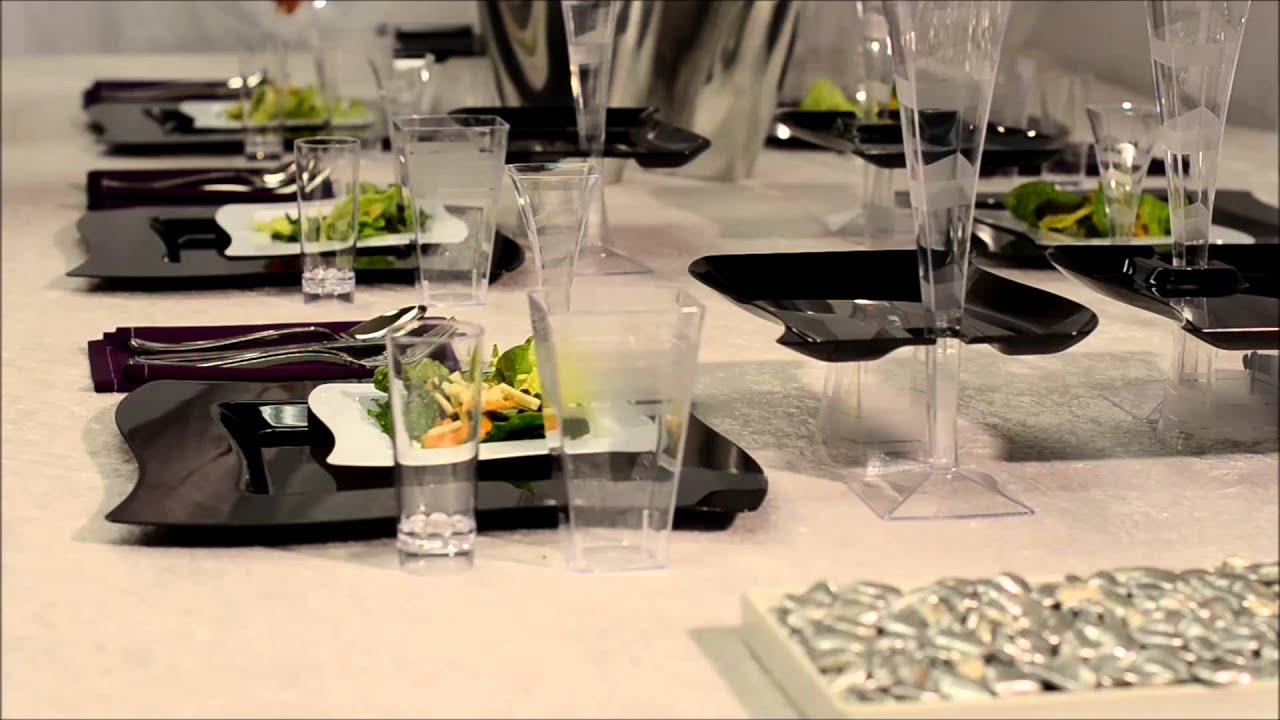
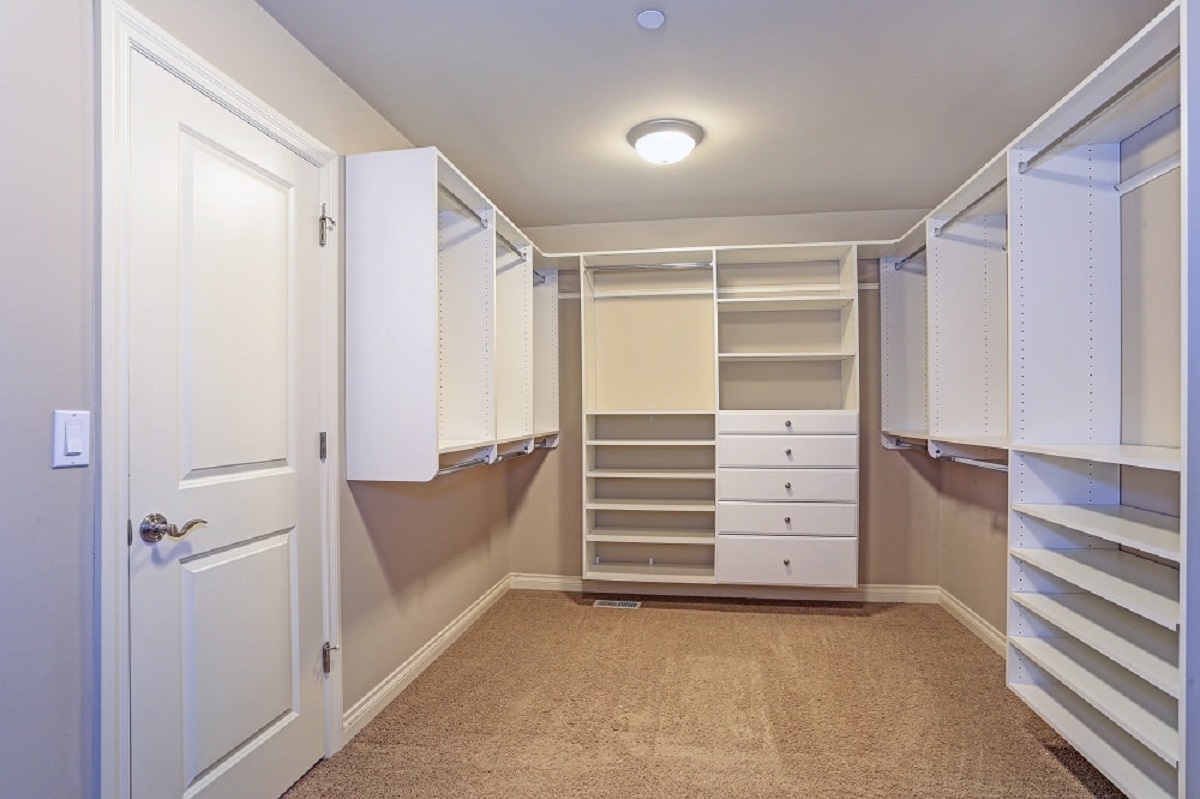

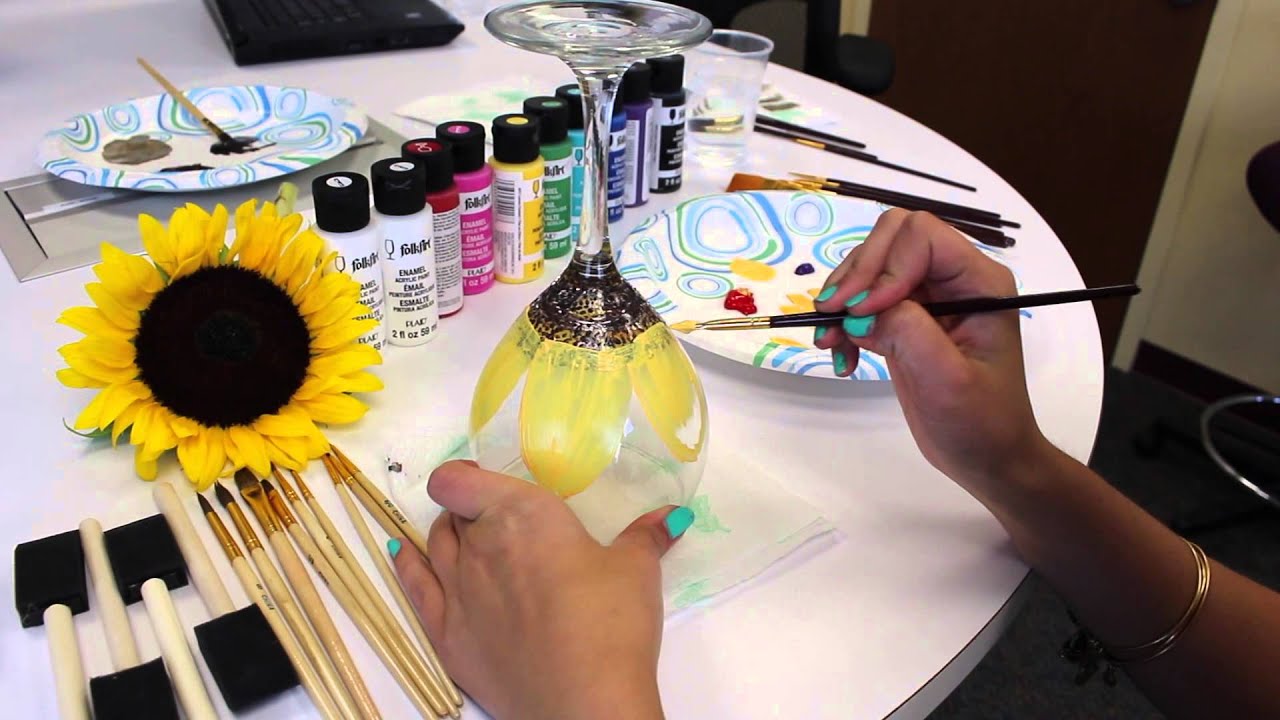
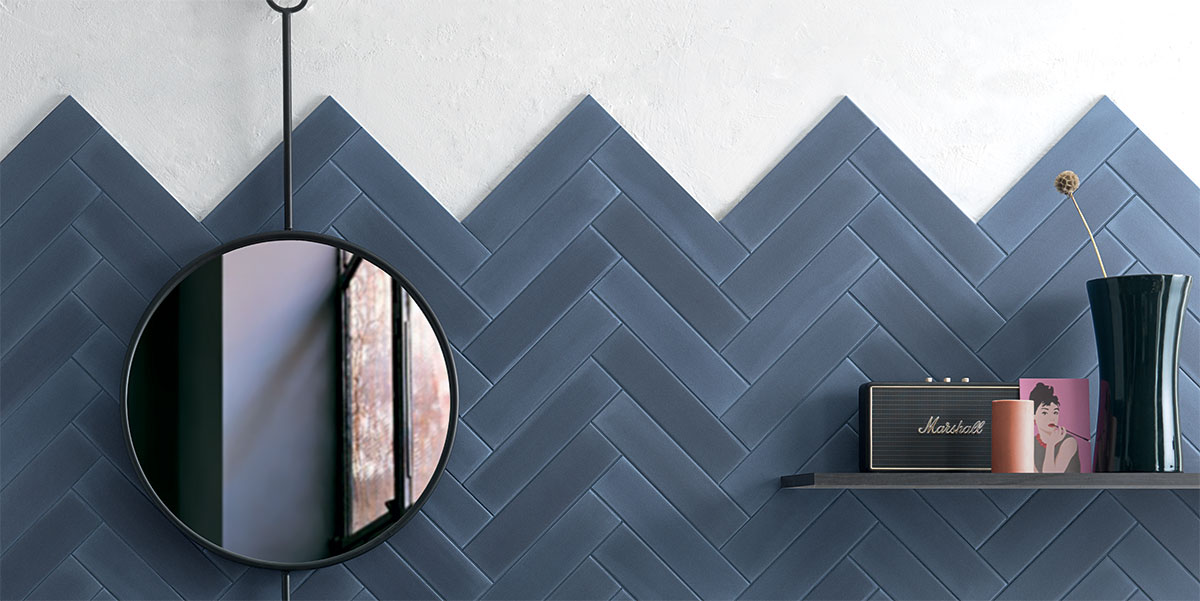
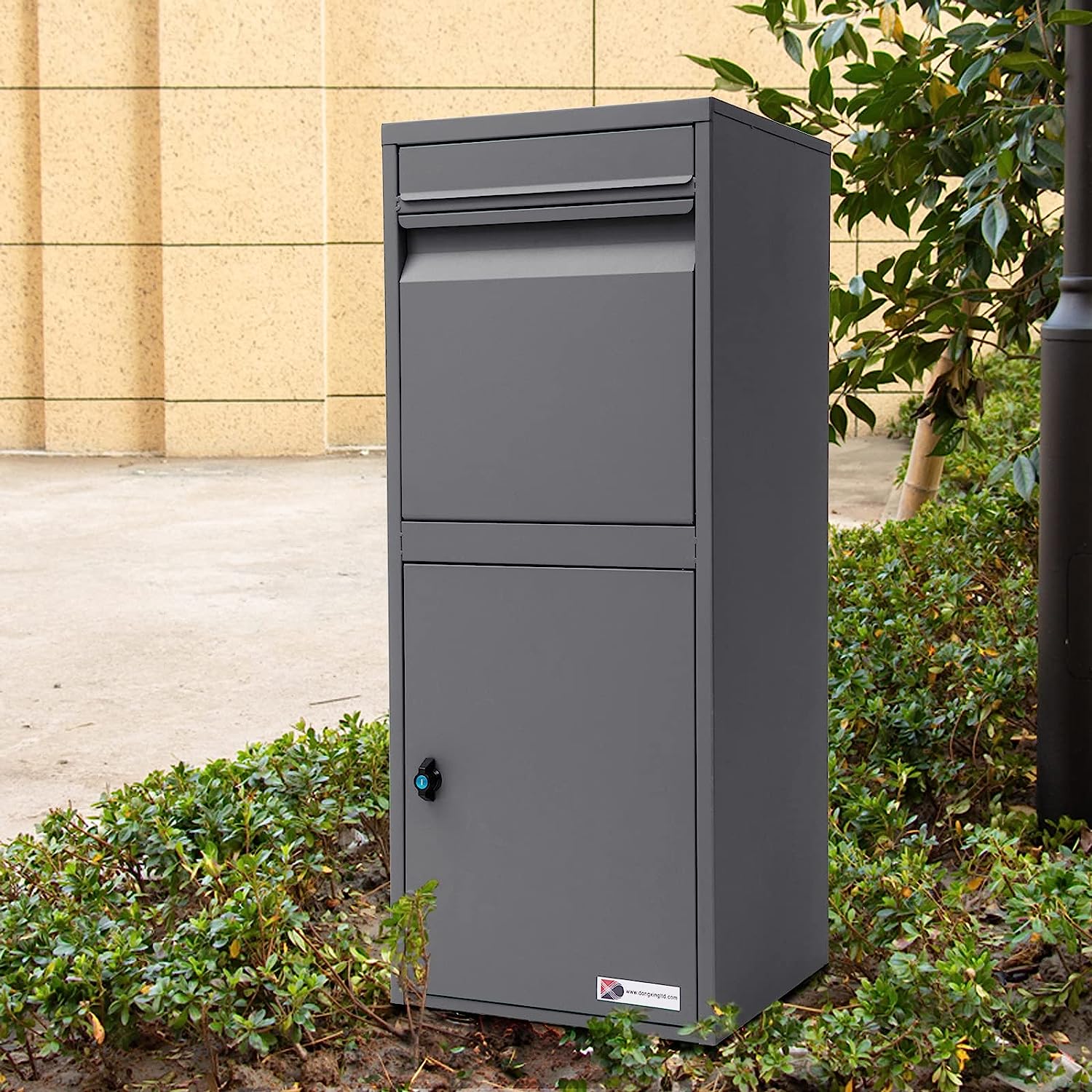
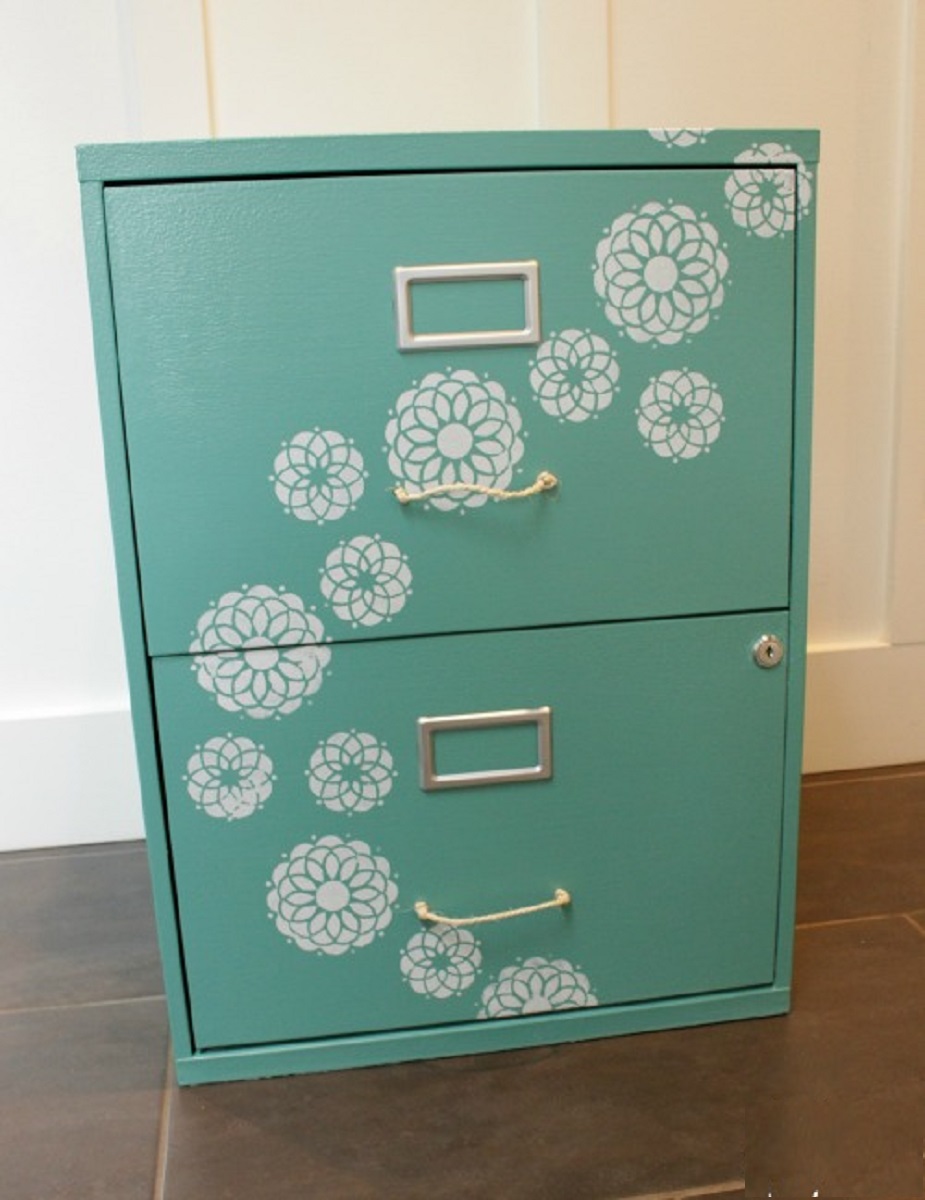
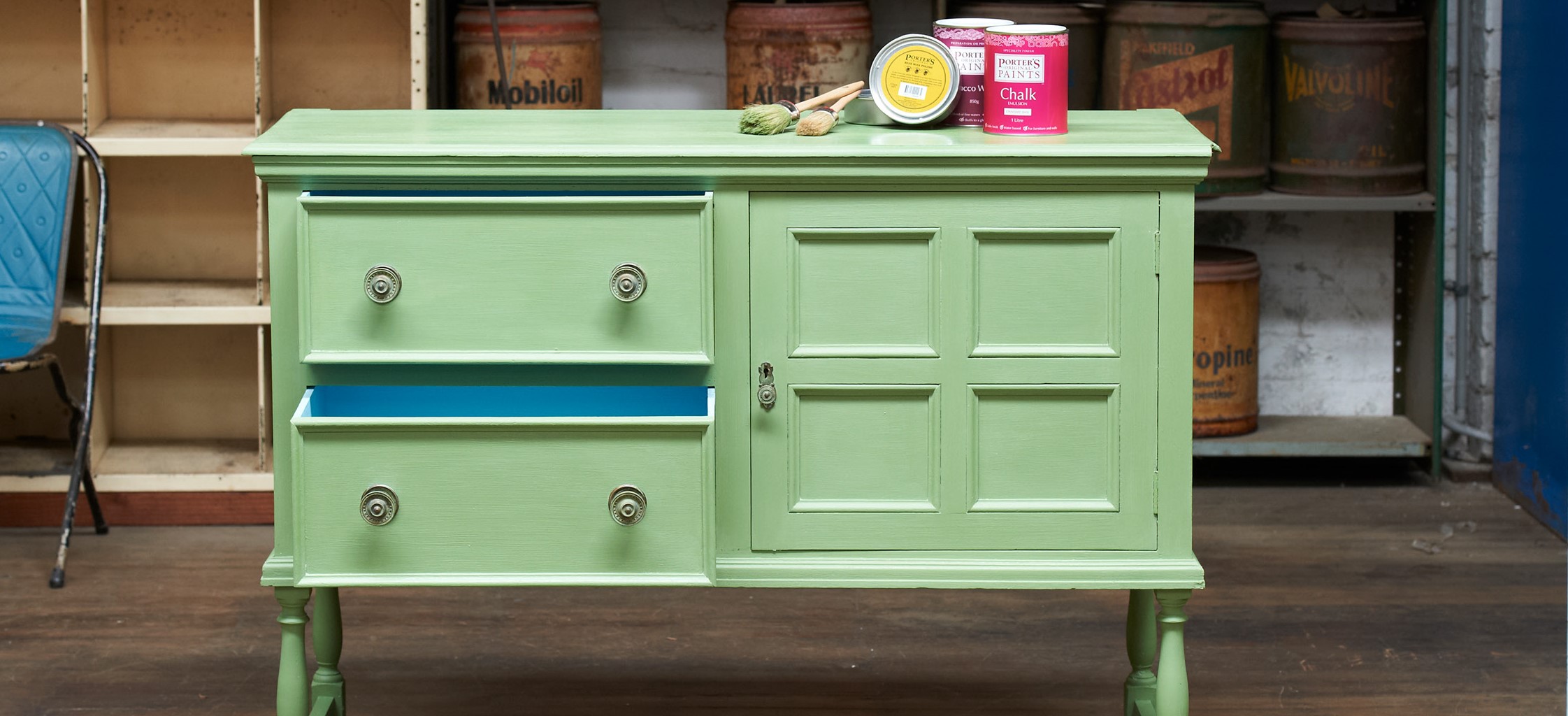

0 thoughts on “Setting Up A Space For Painting And Creative Expression”